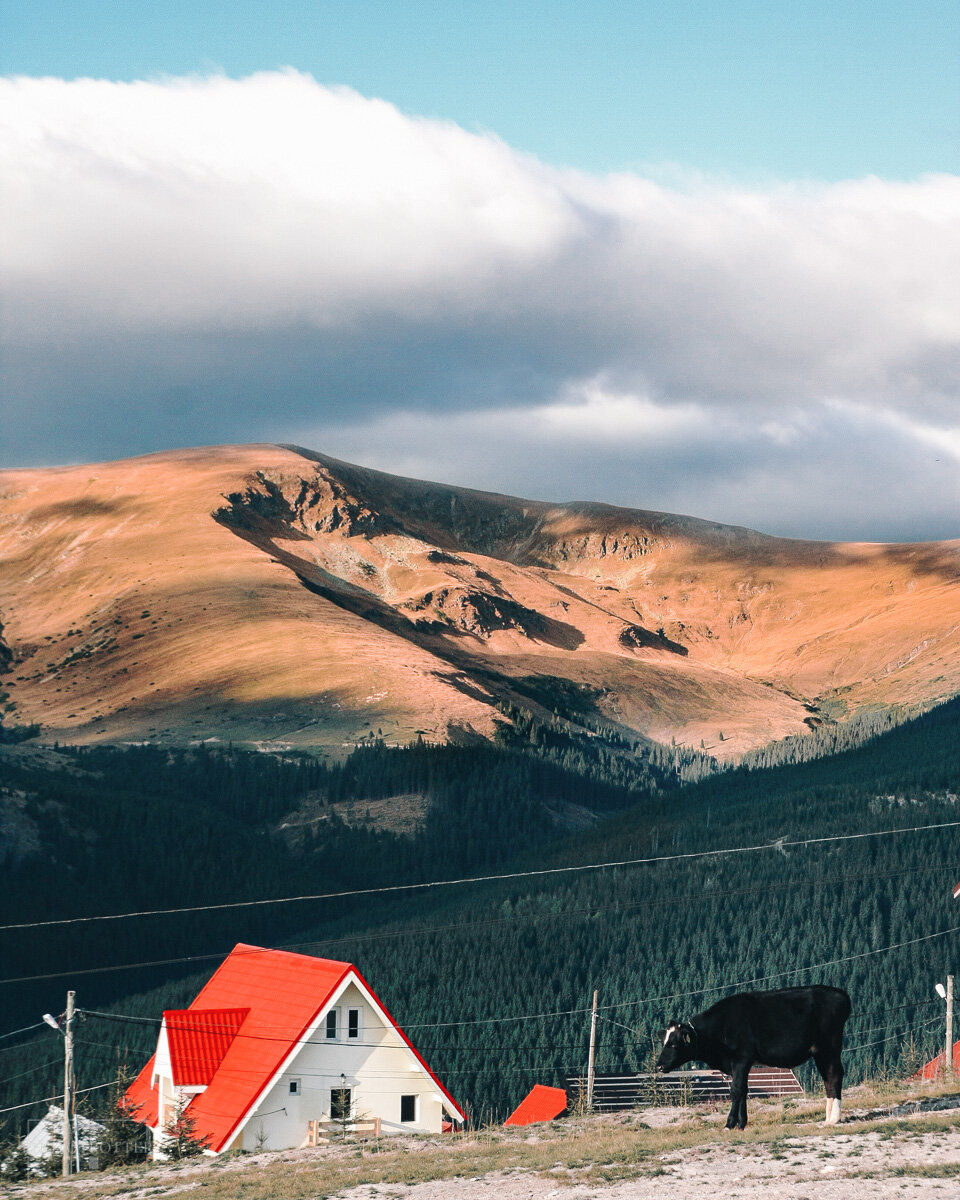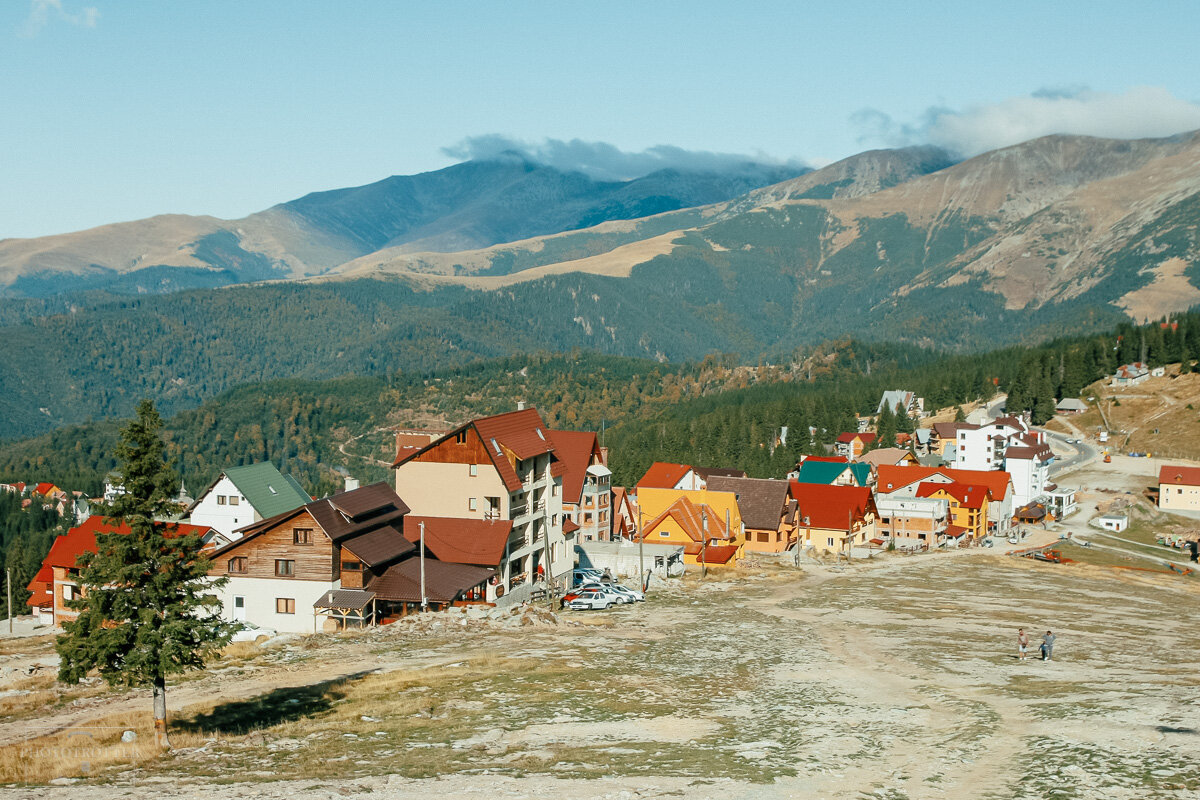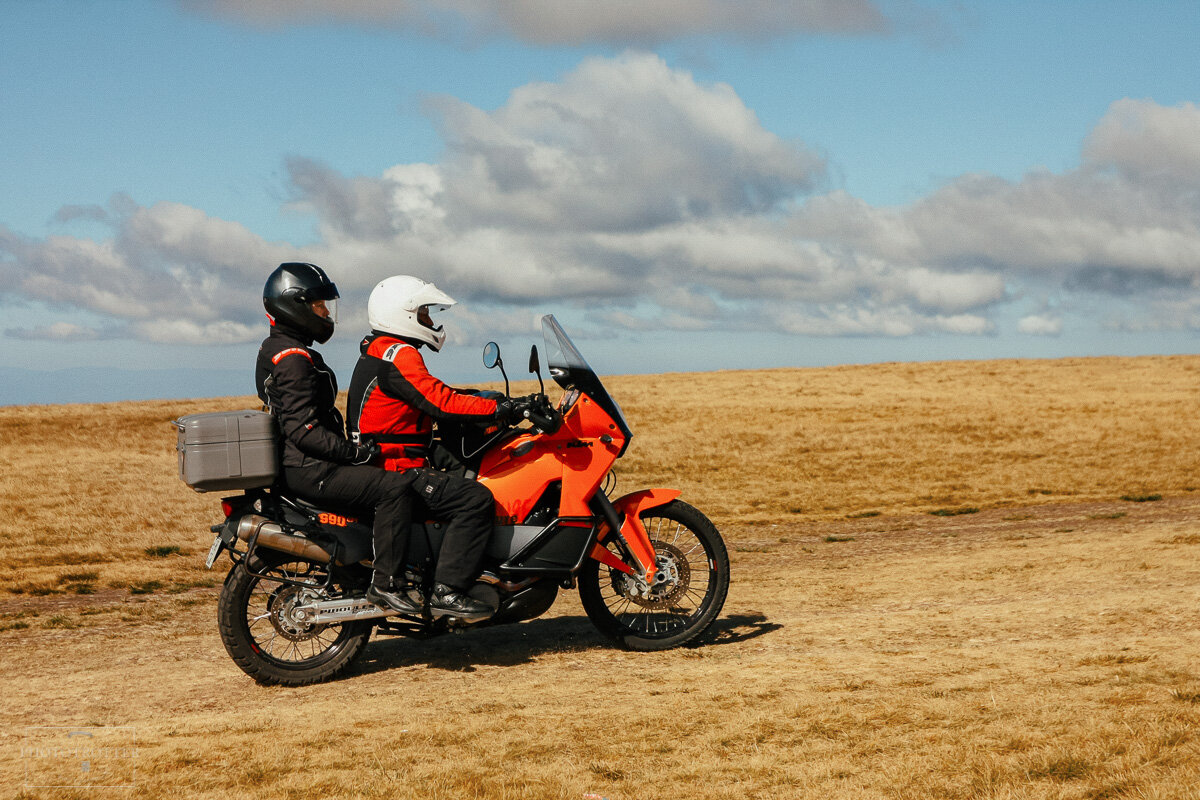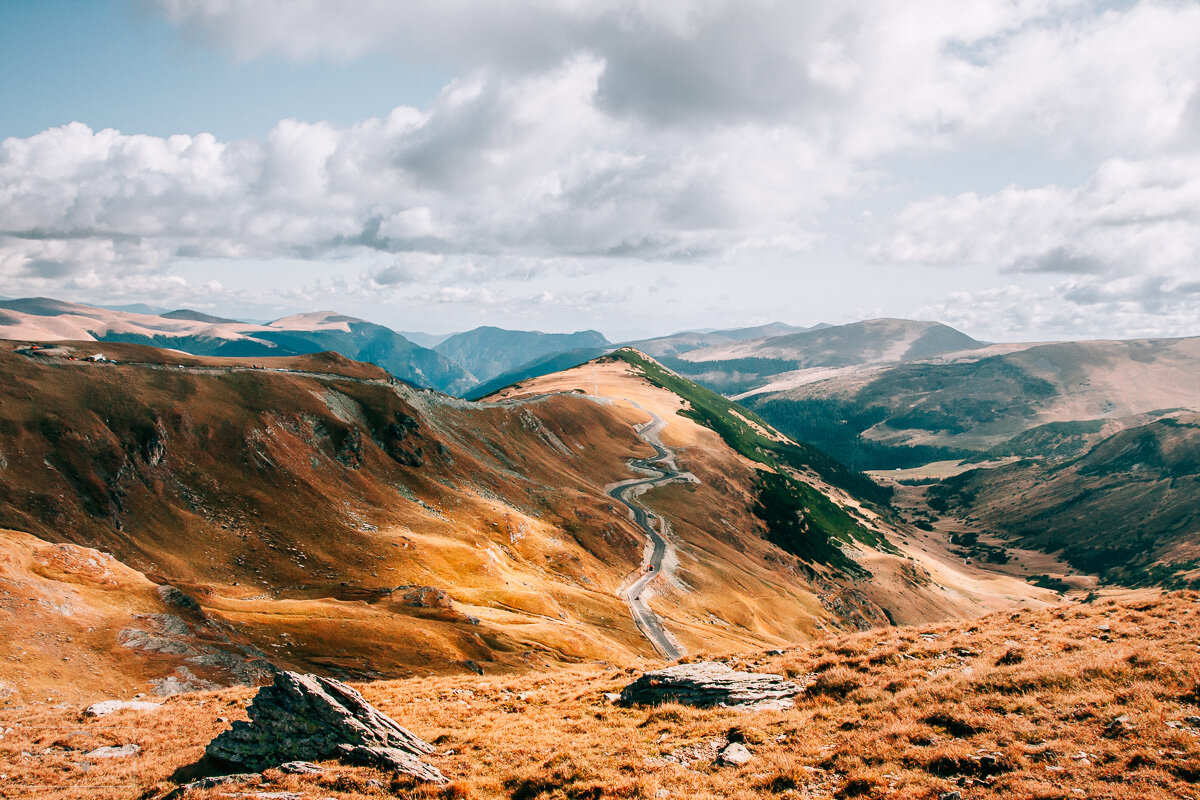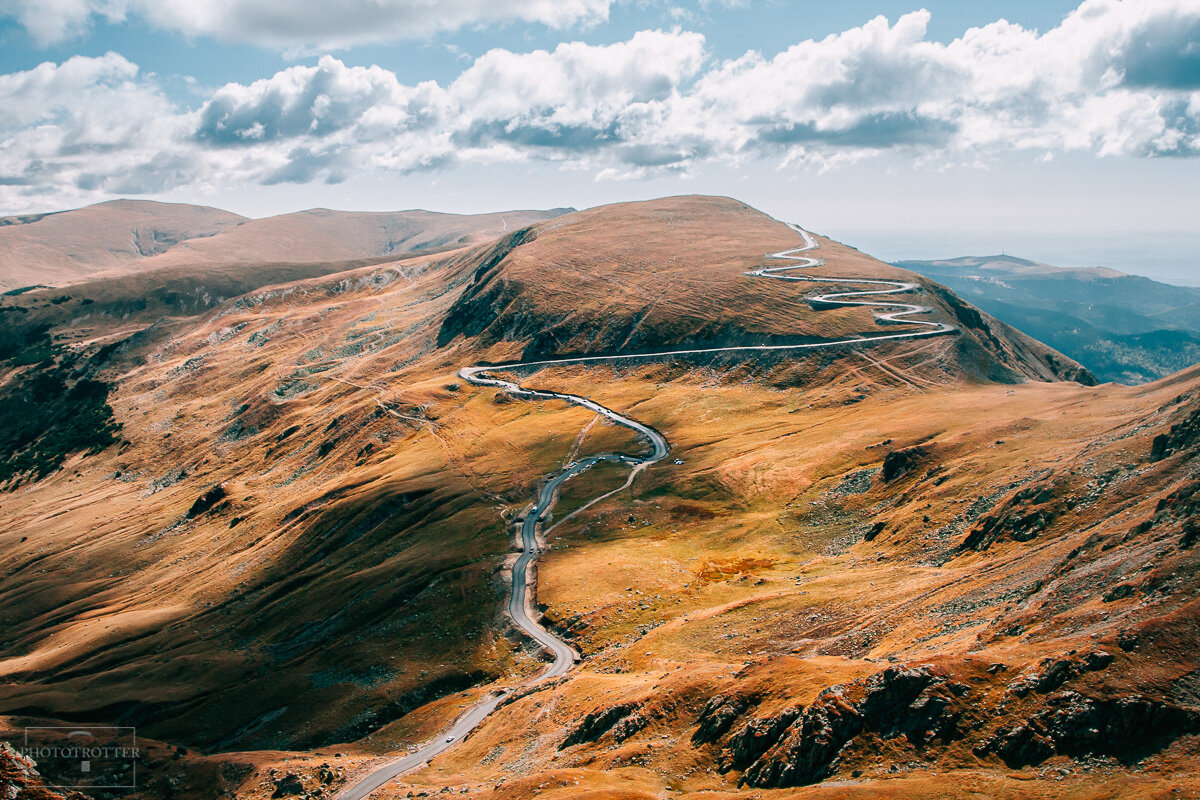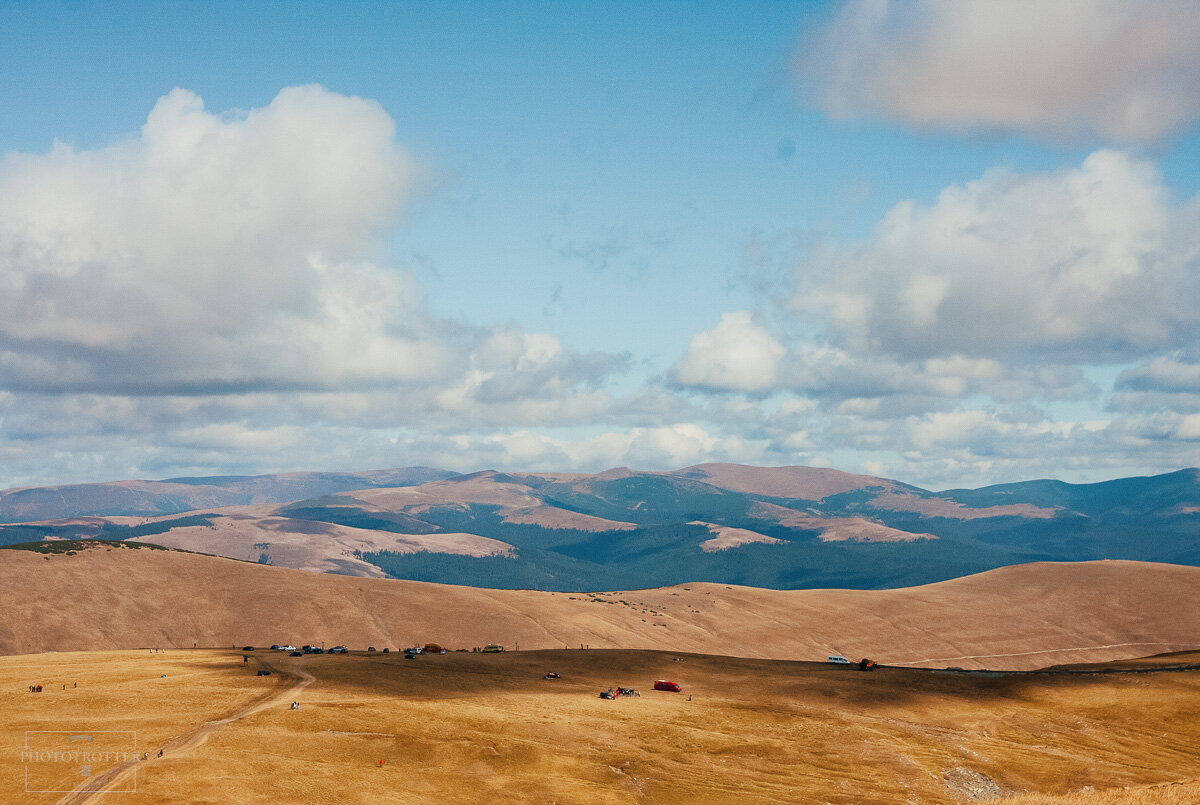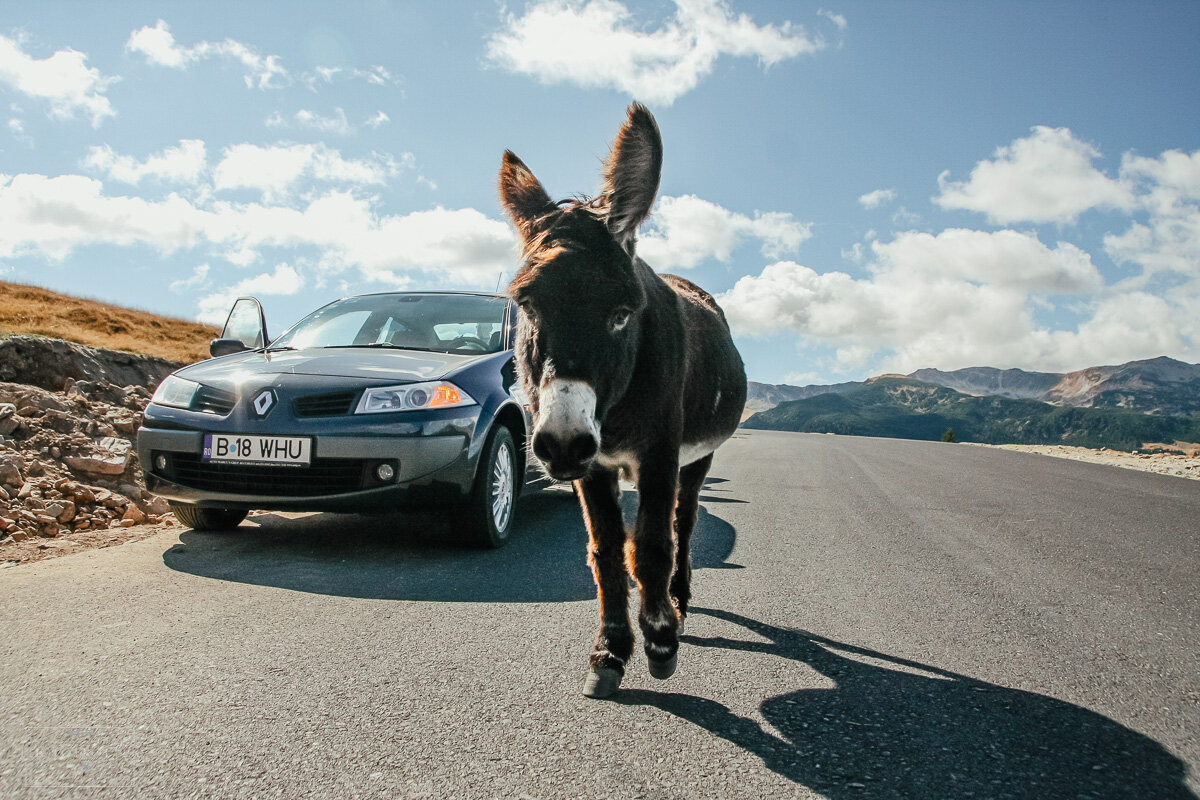Transalpina, the highest paved road in the Carpathians
The mountains are one of the greatest things you’ll see in Romania. The Carpathians descend from the Ukraine and bend in an arc around Transylvania, going further down into Serbia. The long mountain range (about half of it is on Romanian territory) separates the country’s main three historical regions and has always played various roles: delimitation and natural barrier, home of wildlife and carnivores, safe haven during troubled times and summer turf of the livestock trotting on narrow grooves and over high passes during the seasonal transhumance.
One such ancient path, used by shepherds and their flocks to climb up and down the mighty mountain, could have become Transalpina, aka the King’s Road.
Selling bryndza, the local type of (sheep milk) cheese
Why not call it Transcarpathica, you might ask. It’s not in the Alps, after all. Its name might actually be a simple old Latin description of a road across the mountains. And since the tall mountains were usually white - albus > alpinus - on top, the “alpine” attribute was used about more than just the Alps. Also, the section it crosses is called Parâng (=Millet) Mountains, but Transparânga just doesn’t quite roll off the tongue.
So here we have, a road across the mountains (Transalpina), leading you to a land across a forest (Transylvania).
“Master, master dear, / Call a large hound near, / A fierce one and fearless, / Strong, loyal and peerless“.
(Low-hanging but relevant quote from the reference pastoral ballad Miorița / The little ewe)
The former sheep trail, trodden only by hooves, paws and leather opanak, became a regular road only in the late 1930s, when King Charles II saw its potential and had it widened and paved (hence the King’s Road moniker), but it fell into disuse after the war, and the locals even used stones of the retaining walls to build their own houses. Not unlike what had happened in the villages around the Great Wall of China in the 60s.
In the meantime, the much more famous Transfăgărășan (across Făgăraș Mts., a mere 80 km east, as the crow flies) was built in the 70s, during Ceaușescu’s regime, who, just like his Chinese mentors, was trying to erase the old and build his own creditable new. Transalpina was long forgotten and in bad condition.
It was revived and brought to a new glory only in the 21st century… and it’s a work in progress. If you ever want to go, make sure it’s open (most of it closes from October to May on account of bad weather), and watch out for never-ending road works.
Ranca, Transalpina and peak Păpușa. Păpușă, translating to “doll“, most likely has roots in the local shepherds’ vernacular, where doll means either “little pile of stones“, signalling a known path, or “cheese pressed in a certain shape or mold“ .
Should you want to stay overnight on the Devil’s Trail (as it is sometimes known), unless you’re willing to sleep in a tent in the great wide (alpine) open, you will probably need to settle with Rânca.
Rânca (1.600m) is a little mountain resort with several easy and medium slopes, but before you plan your next ski trip, wipe that picturesque Alpine village image from your head. This is the former Eastern bloc. We don’t do quaint here. The area was patched up quickly when the road had become a certainty and when you could almost hear the herds of tourists rushing in. The result is a nouveau-riche motley, with oversized guest houses sporting that mongrel East European architecture style that just won’t die.
If you’re just in for the thrill, there’s 150 km of it, with hairpins and long S-curves, going as high as 2.145m at Urdele Pass (urdă = soft type of cheese). Can’t vouch for the drivers’ opinion about driving on Transalpina, but the view from the passenger seat is spectacular.
Hit Google Maps to check out its awesome winding curves and see below how it looked on a sunny autumn day, some years ago.
The traffic might be occasionally held up by a friendly donkey or even a flock of sheep. It’s their turf, after all.
Check out more photos in the gallery or directly in the slideshow below.

